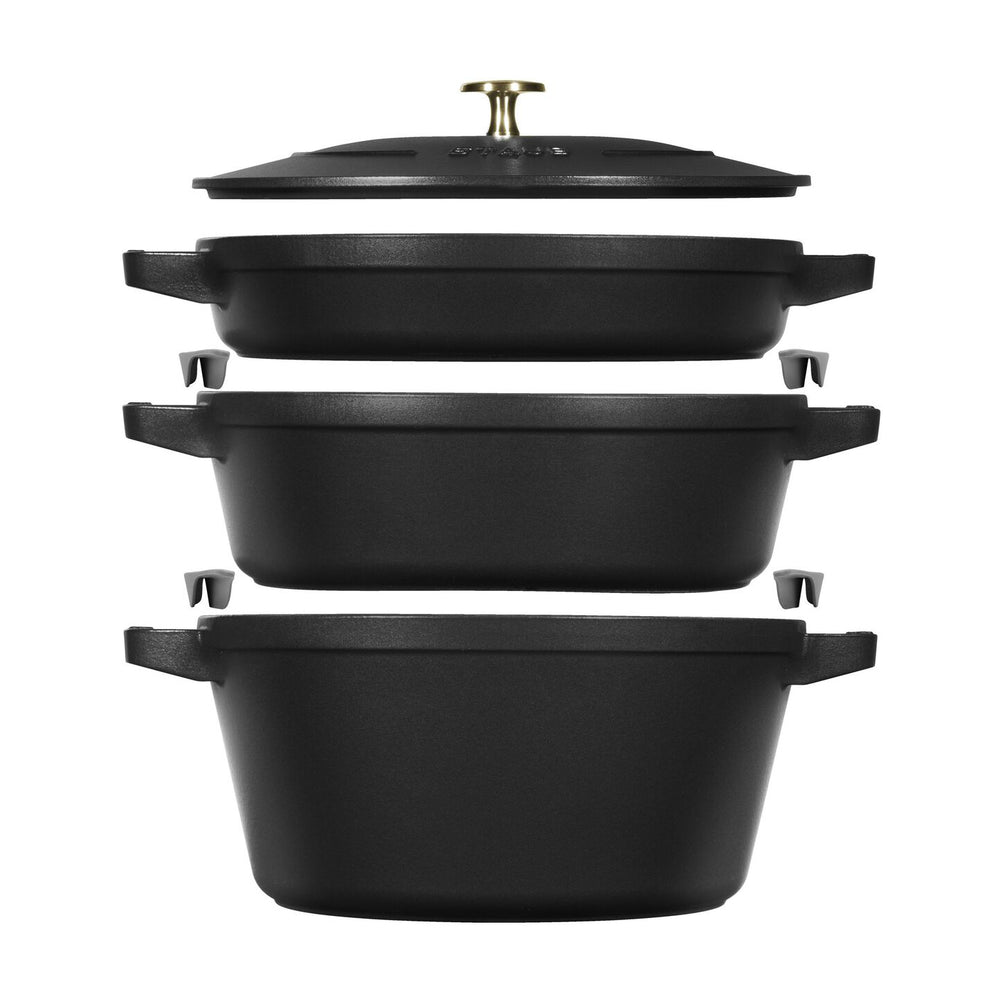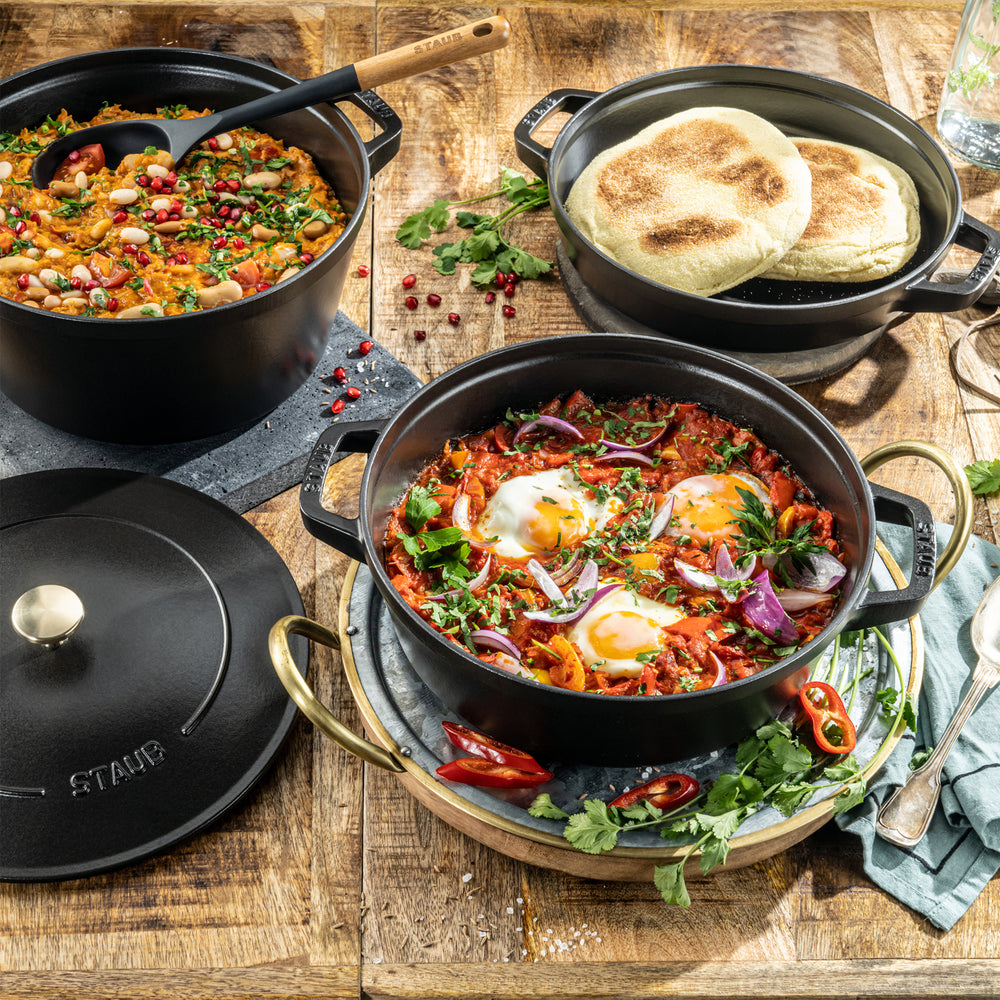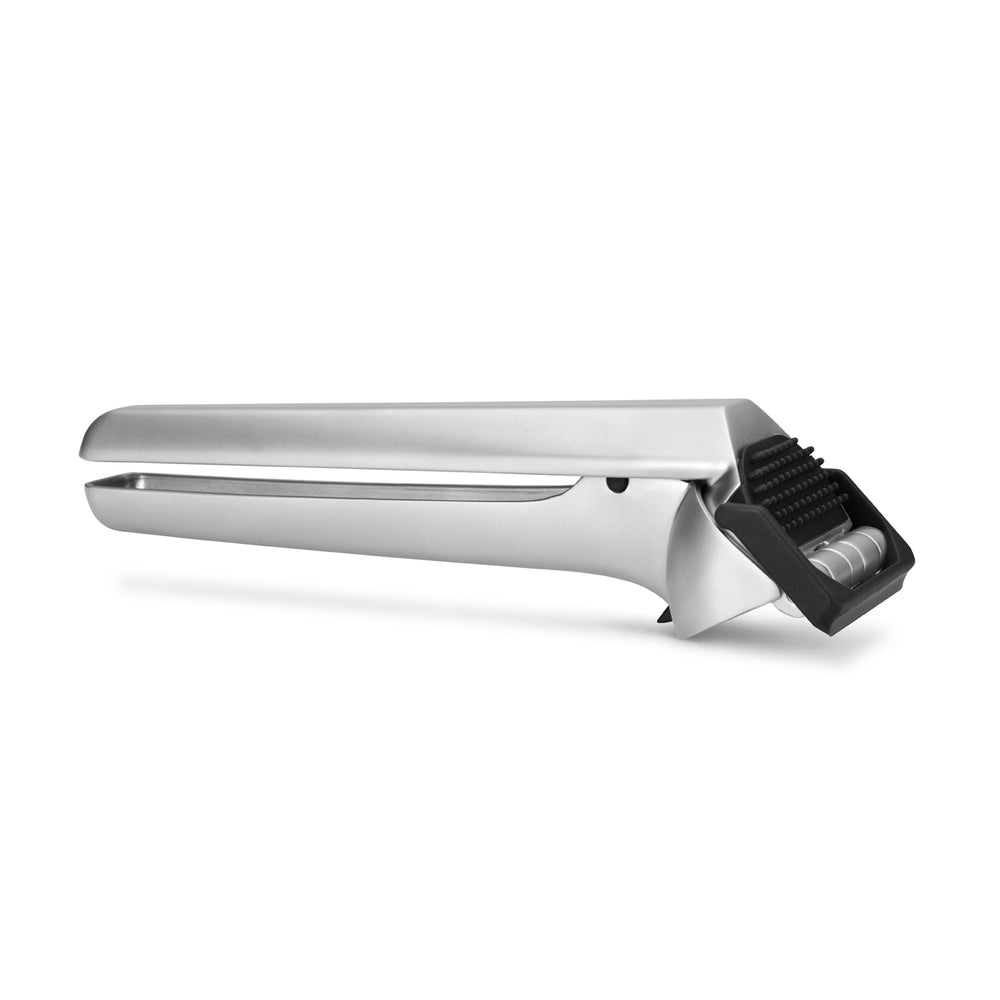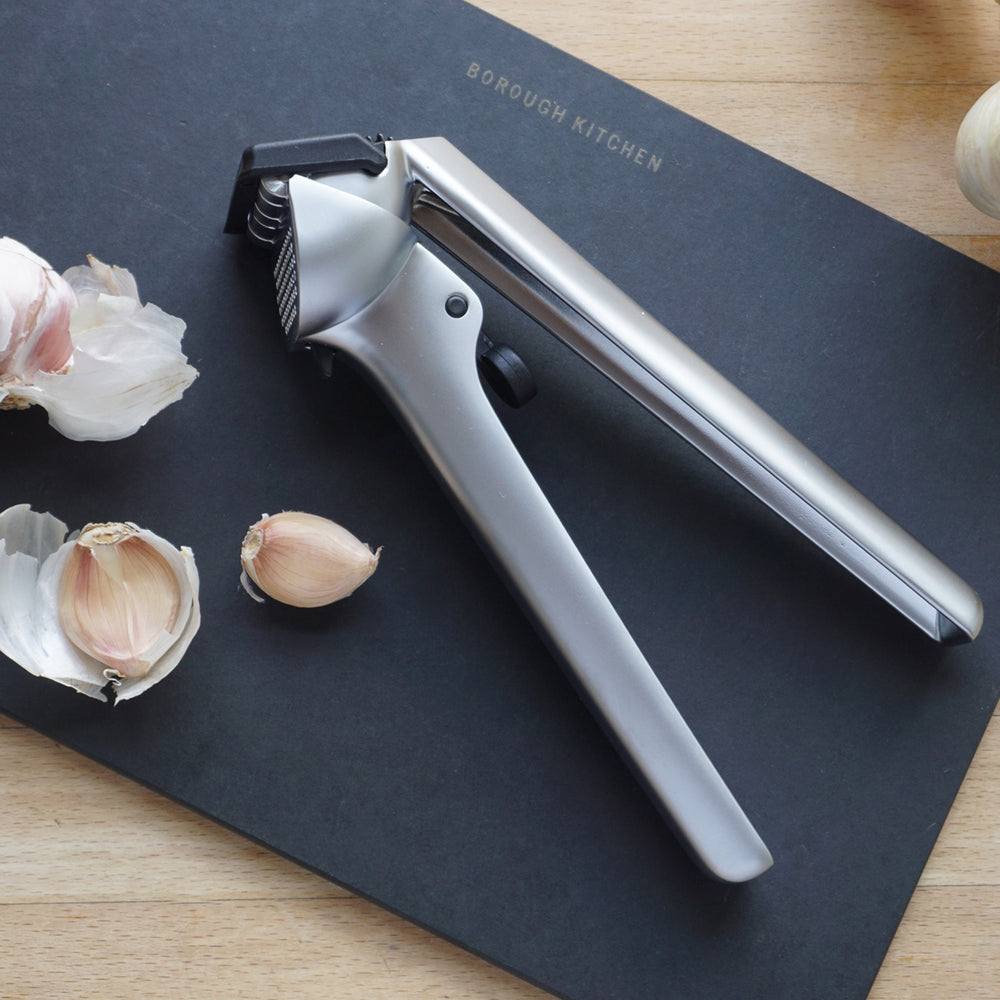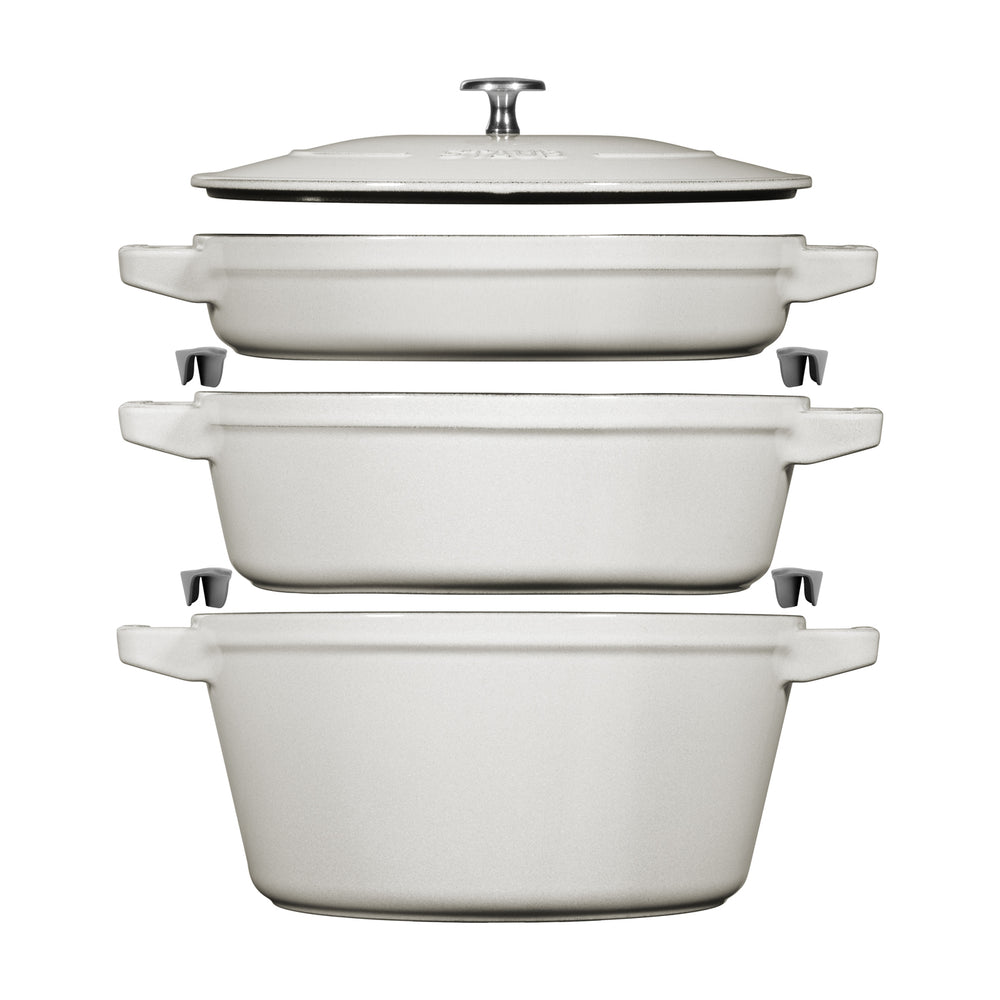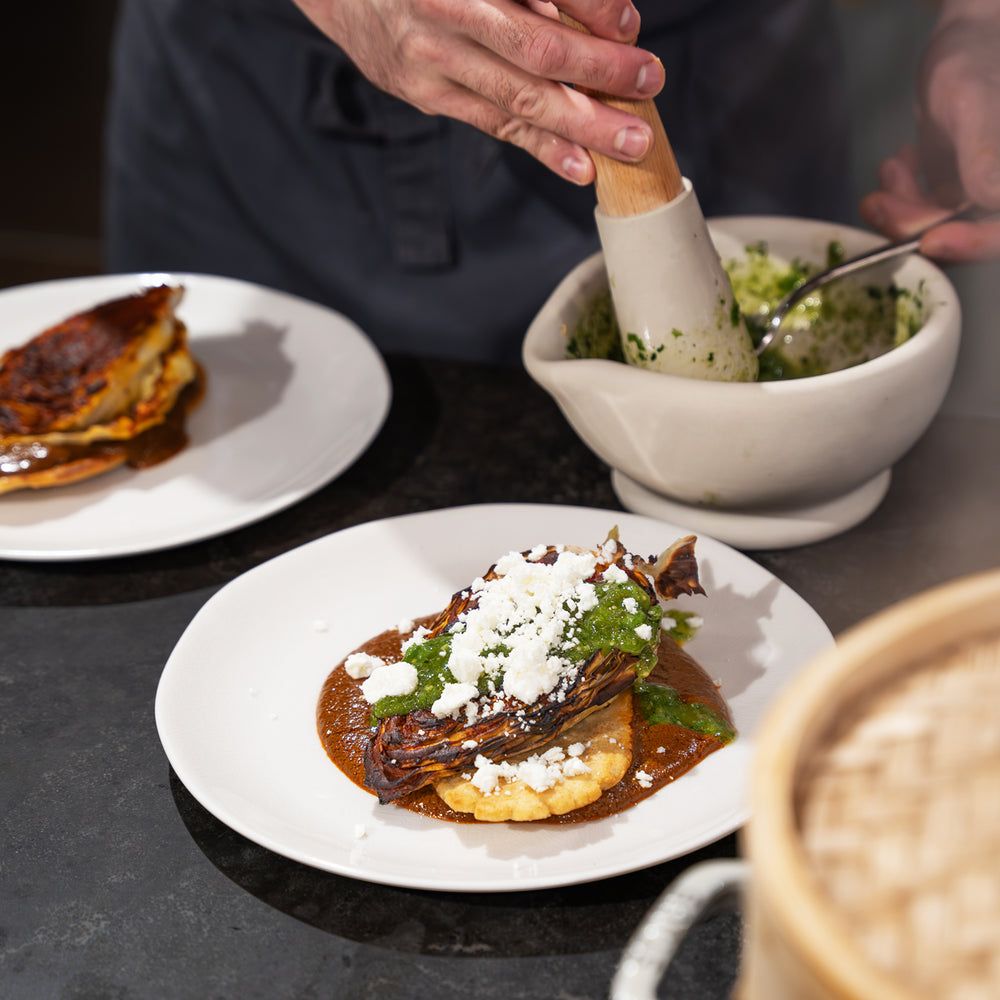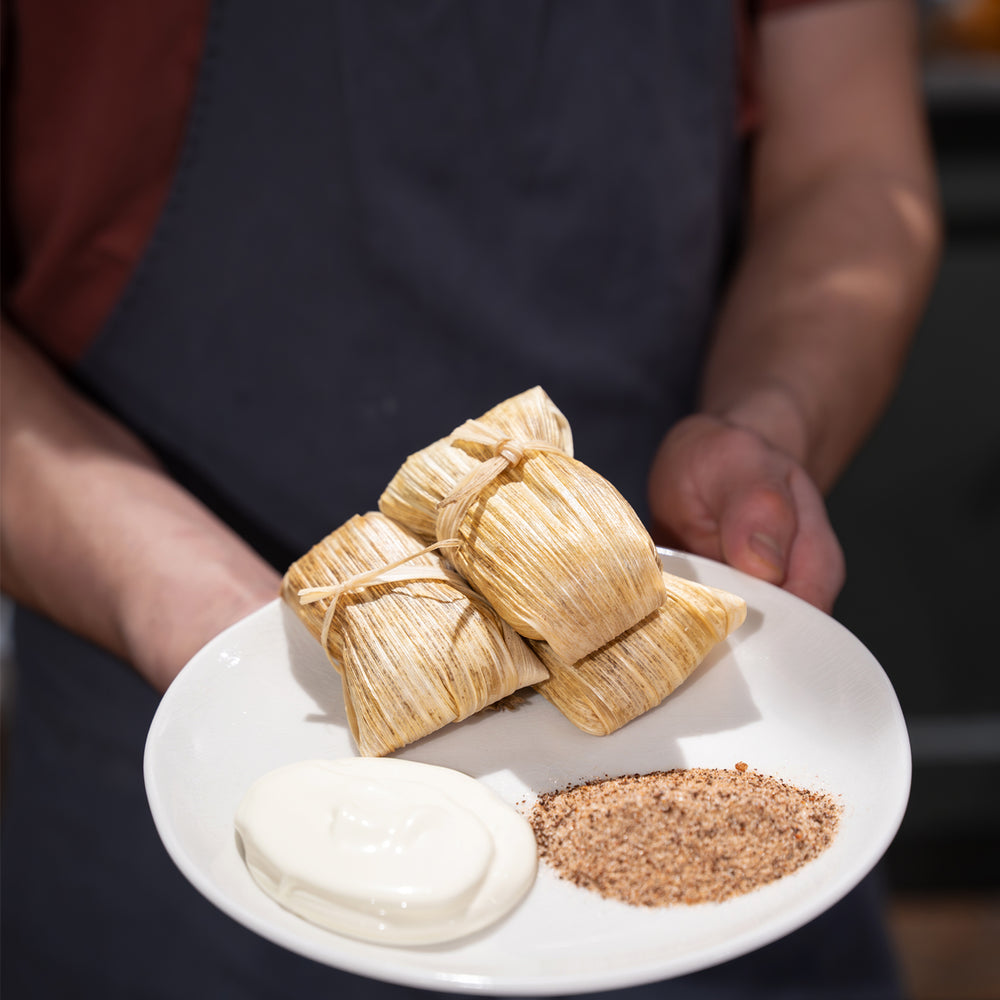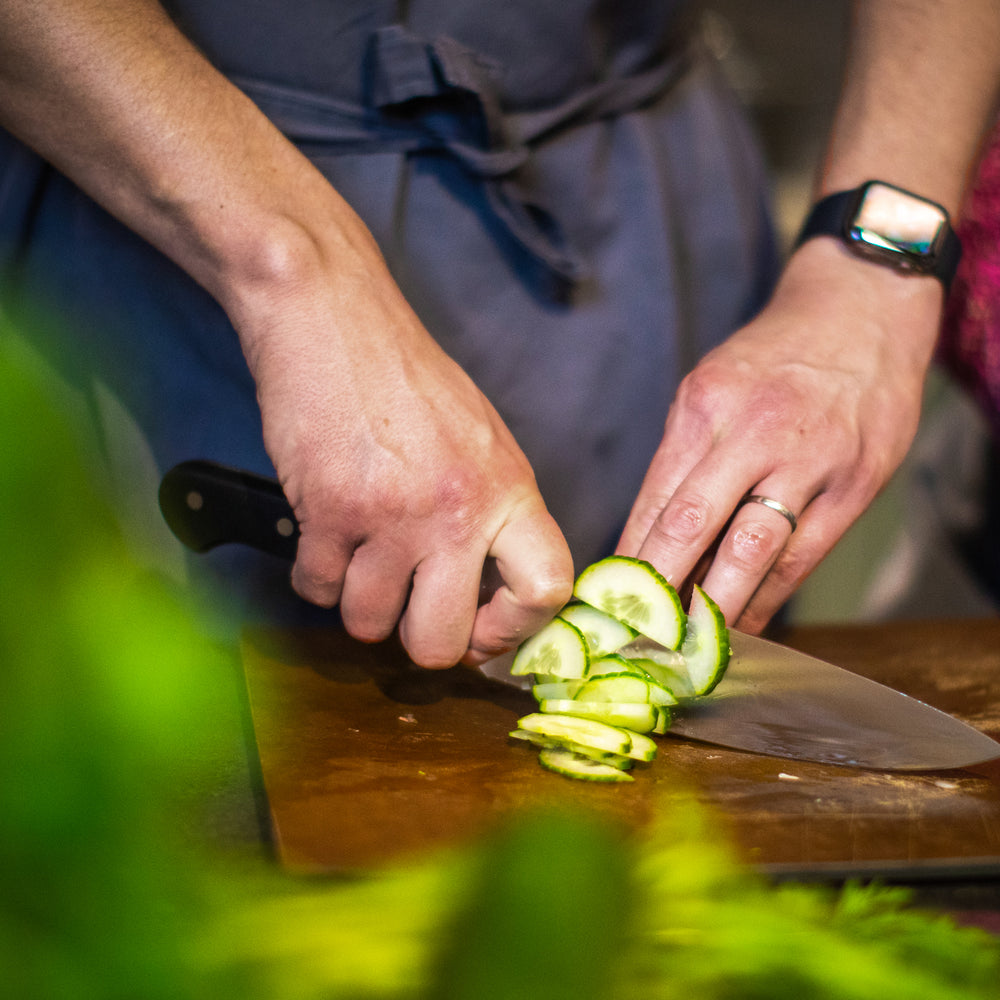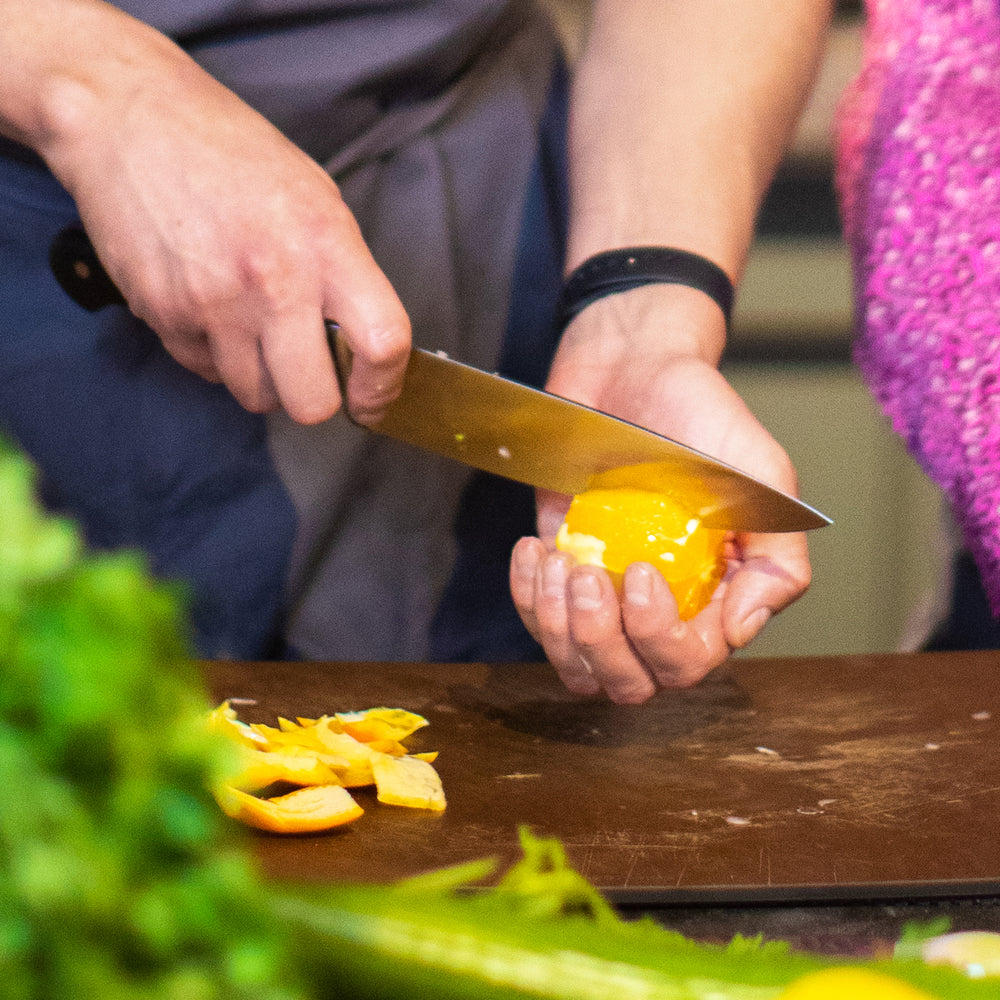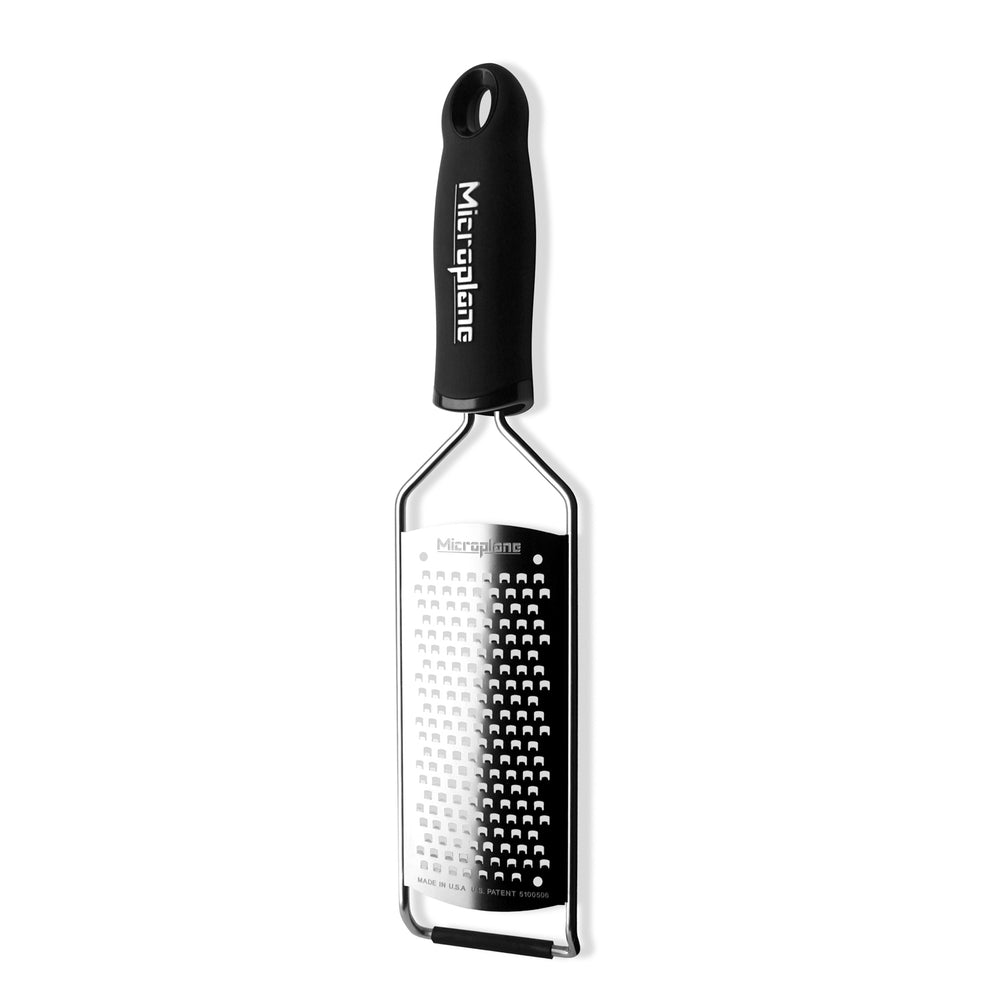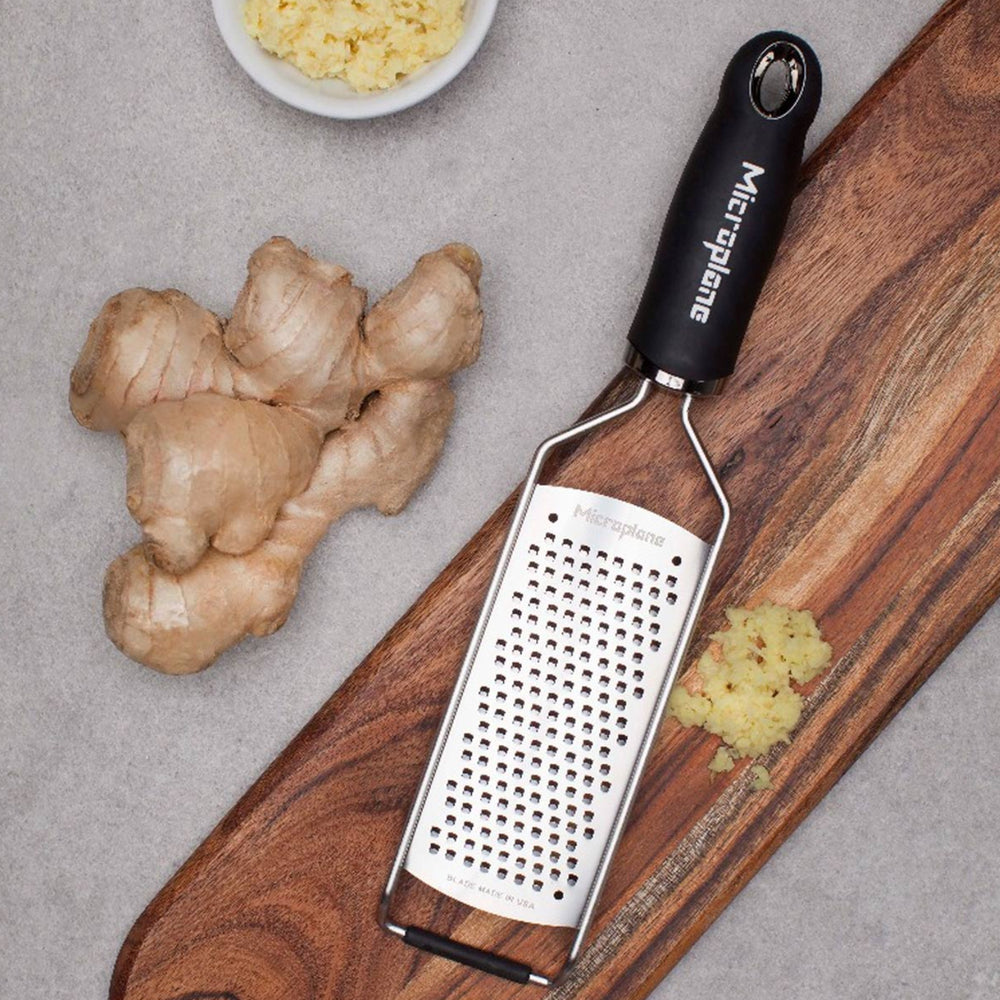Recipe: How to Make Mango (or Any Fruit) Salsa
How to Make Mango Salsa
- Mix 3 parts mango (or any fruit), 1 part shallot, 1 part chilli, and 1 part herbs together. (Coriander is the most traditional herb for Mexican salsa, but feel free to get creative.) If you are sensitive to spice, use less chilli.
- Dress the salsa like you would a salad, with oil, an acid (citrus juice is best), and salt. The general ratio for this is 3 parts oil, 2 parts acid, and flaked salt to taste; feel free to eyeball this. Lime juice is most traditional for Mexican salsa, but no matter what citrus you are using, feel free to add a bit of the zest to the salsa for an extra flavour boost.
- Mix the ingredients together and taste. Adjust the ingredients and seasoning until you find a balance that tastes right to you.
How to Dice a Mango
- Use a sharp knife, as you are aiming for precision here. We recommend the WÜSTHOF Classic Santoku Knife with Hollow Edge, since the robust metal will resist any chipping if it hits the stone.
- Top and tail the mango (cut off the top and bottom ends), making sure to cut into some of the stone. This gives you a solid base for your mango to stand on, and shows you which direction the stone runs.
- With the mango upright and stable on the chopping board, slide the knife under the peel and slice it away from top to bottom, making sure to cut as little of the skin away as possible. (It gets easier after the first cut.) Rotate the mango, continuing to peel the skin from top to bottom with your knife.
- Once the mango has been skinned, trim the flesh from the sides of the stone, following the direction of the stone you spotted in step one. Dice the mango flesh into whatever size you like.



